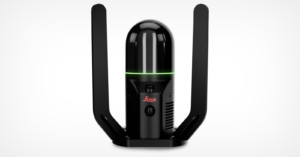
Leica BLK ARC Camera Allows Robots to Better Navigate the World
Leica Geosystems has announced a new reality capture camera device for robots like Boston Dynamics' Spot that is designed to improve autonomous navigation.

Leica Geosystems has announced a new reality capture camera device for robots like Boston Dynamics' Spot that is designed to improve autonomous navigation.
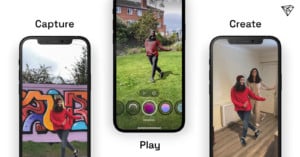
In an effort to commoditize augmented reality (AR), Volograms has launched the Volu app that uses deep learning and computer vision in concert with smartphone cameras to easily create AR content.

Snapchat has historically been a messaging and fun communications app, but the company appears interested in shifting that narrative through Scan, a feature that lets the app identify a host of objects in the real world, from clothes to dog breeds.

A group of Italian museums from Bologna has introduced new augmented reality cameras that are designed to determine the appeal of exhibited paintings by collecting data on how many visitors view them and for how long.
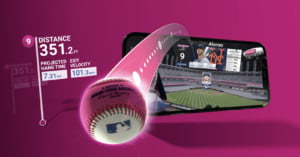
T-Mobile has announced that it will equip players at Major League Baseball's (MLB) 2021 Home Run Derby in Denver with point-of-view (POV) cameras on their helmets and allow viewers to witness the game as if they were on the field.
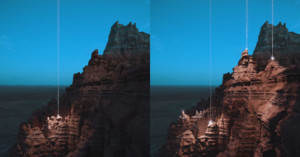
Photographer Reuben Wu has released the final chapter of his groundbreaking Lux Noctis project, which involves lighting large-scale landscapes with drone-mounted lights. Titled "An Electric Storm," the digital artwork has an incredible physical installation that combines a print with AR light projection.

Google is workong on elevating the virtual meeting experience with its ongoing Project Starline, which brings a three-dimensional aspect to online video communication.
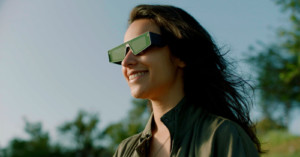
Confirming a report from early March, Snap has officially announced its ambitious next-generation augmented reality (AR) Spectacles. They sound incredibly ambitous, but they also aren't for sale.
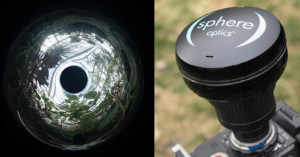
A designer duo has created a first-of-its-kind lens that can record 360-degree spherical video content that doesn't need to be stitched in post-processing and can be used with any conventional camera.
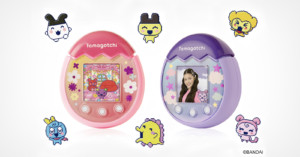
The latest Tamagotchi model, Tamagotchi Pix, adds a touch of augmented reality with a built-in camera that allows players to take photos with their digital pet along with a few other additional gameplay features.
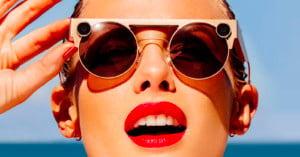
Snap is working on its next-generation glasses that will be able to layer Snapchat lenses (which are augmented reality effects) onto the environment without needing to use a smartphone camera, according to a new report. It has also reportedly revived its plans to introduce a selfie-drone.
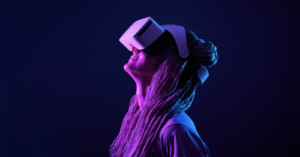
The mixed reality headset that rumors have previously stated as in development is due for release by 2022, a new report states. Apple isn't stopping there, however, as augmented reality glasses are set to launch by 2025 and contact lenses by the next decade.
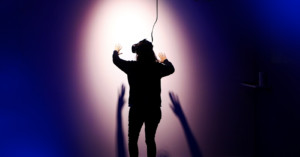
There have been rumors that Apple was going to enter the virtual reality/augmented reality hardware space, but a recent report cites the most detail that has been revealed thus far: more than a dozen cameras, dual 8K displays, and a $3,000 price.
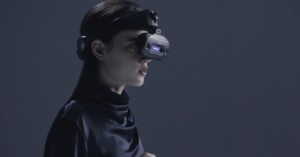
Canon is set to release the MREAL S1 headset in late February for 4 million yen (~$38,400) that can synthesize and display CG images and place them into the wearer's real-life location to create a mixed/augmented reality experience.
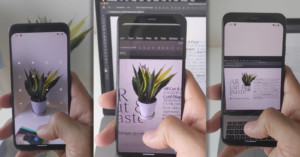
Artist, designer and programmer Cyril Diagne recently created a bit of tech that looks more like science fiction that science fact. Using a combination of augmented reality and machine learning tech, he's figured out a way to "copy and paste" objects from the real world into Photoshop, using just a smartphone.
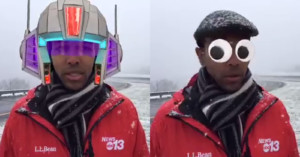
A TV news reporter in North Carolina is going viral this week after he did a serious live report with wacky face filters accidentally turned on.
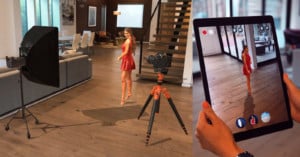
There's a new app that lets you shoot portraits of virtual models in your real-world location. It's called Augmented Reality Photo Studio.

Pika is a new bot friend that "explores the world" with children through the use of a smartphone camera. The concept combines the camera with computer vision and augmented reality.
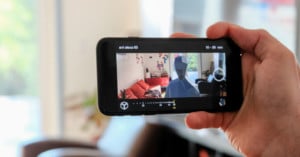
Blocker is a new augmented reality app that could change the way you plan your next shoot. The app allows you to "shoot" with a variety of over 400 different virtual camera types, introducing objects into the real scene in front of you via your smartphone's camera.
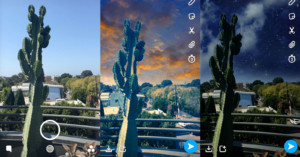
Snapchat has been rolling out a continuous stream of new filters, but the latest ones are rather unusual. Following the trend of Snapchat working with augmented reality, the new additions will totally transform a boring blue sky into something far more dramatic.
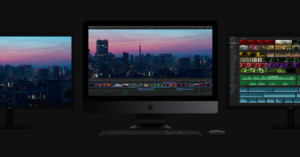
Apple just overhauled their entire iMac lineup with better graphics, faster processors, and a killer new display. But if the "regular" iMacs just aren't quite powerful enough for you, Apple has one more release up their sleeve today: the iMac Pro.
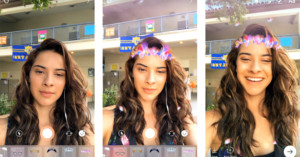
Arguably Snapchat's most popular feature to date is their augmented reality 'selfie filters' that allow you to augment your face with bunny ears, vomit rainbows, and occasionally trample on someone's copyright. Now, in a move absolutely everyone saw coming, Instagram has copied the feature.

Snapchat just upped the ante on acid trip-like augmented reality. In their latest update, the photo and video messaging app added something called 'World Lenses': basically animated filters that you can apply to the world around you the same way you could apply the app's 'Selfie Lenses' to your face.
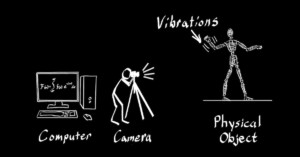
Researchers in MIT's Computer Science and Artificial Intelligence Laboratory are quite literally letting you reach in and touch pieces of an image using just a few seconds of video and their "Interactive Dynamic Video" technology.

I’ve avoided writing about Pokémon GO for a whole four days, trying my best to keep from inundating the Internet with yet another think-piece. However, something interesting has happened the last two times I have played the game with friends: I have taken some exceptional photos.
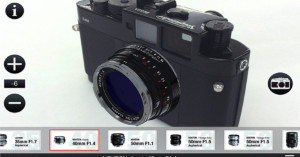
Here's an interesting idea: the Japanese company Cosina has released a new augmented reality app that shows you what various lenses look like on your camera.
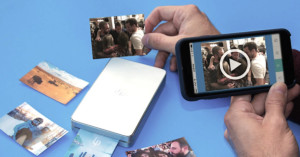
LifePrint is a new portable photo printer that aims to change the way photos are experienced. Instead of printing static photos that capture a single moment in time, LifePrint uses augmented reality to let you embed a video inside a printed photograph. The video can be watched by pointing a smartphone camera at the print.
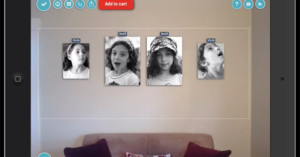
EllaSnap is a photo canvas and book making service that offers an interesting app for helping you design a photo arrangement for your walls. Instead of spending time and energy measuring your walls yourself, the app lets you easily see what your design would look like on your wall using augmented reality.
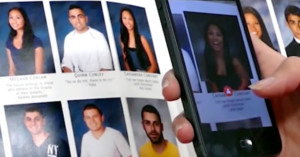
Live Portrait is a new service that's trying to breathe new life into the standard school portrait. Instead of simply static photographs, the company's idea is to use augmented reality through a smartphone camera to add a video element to every photograph in a yearbook.
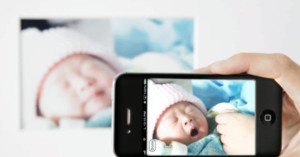
Still photographs are easy to print and share, but how would you go about sharing a video with someone physically, without having to pass them some kind of tablet computer? HP has a solution: it's called Live Photo, and is an app that uses augmented reality to view videos "embedded" in printed photographs.